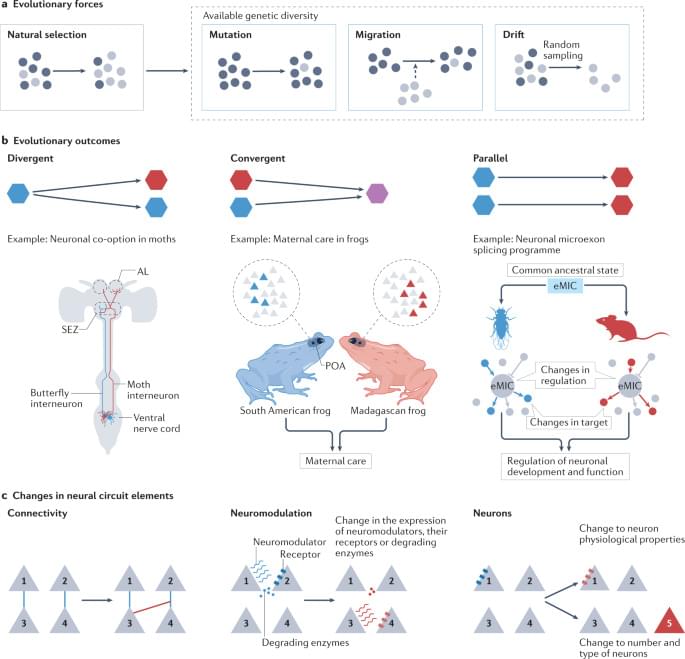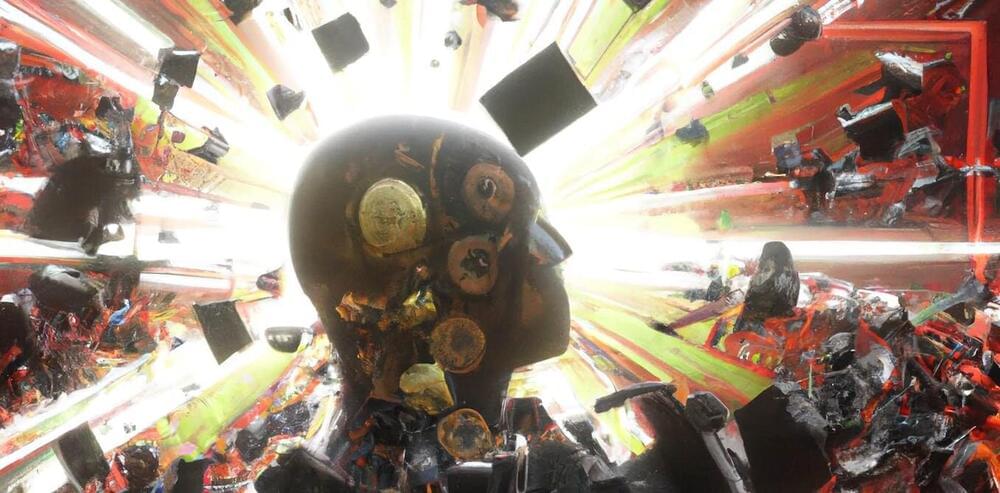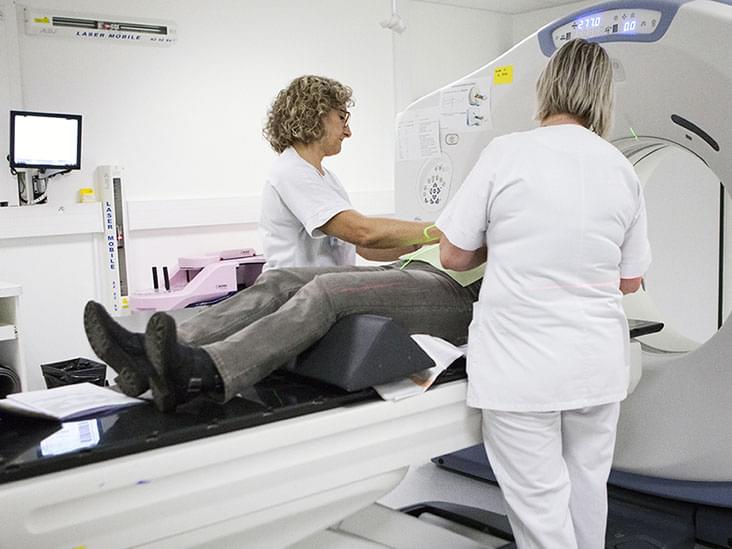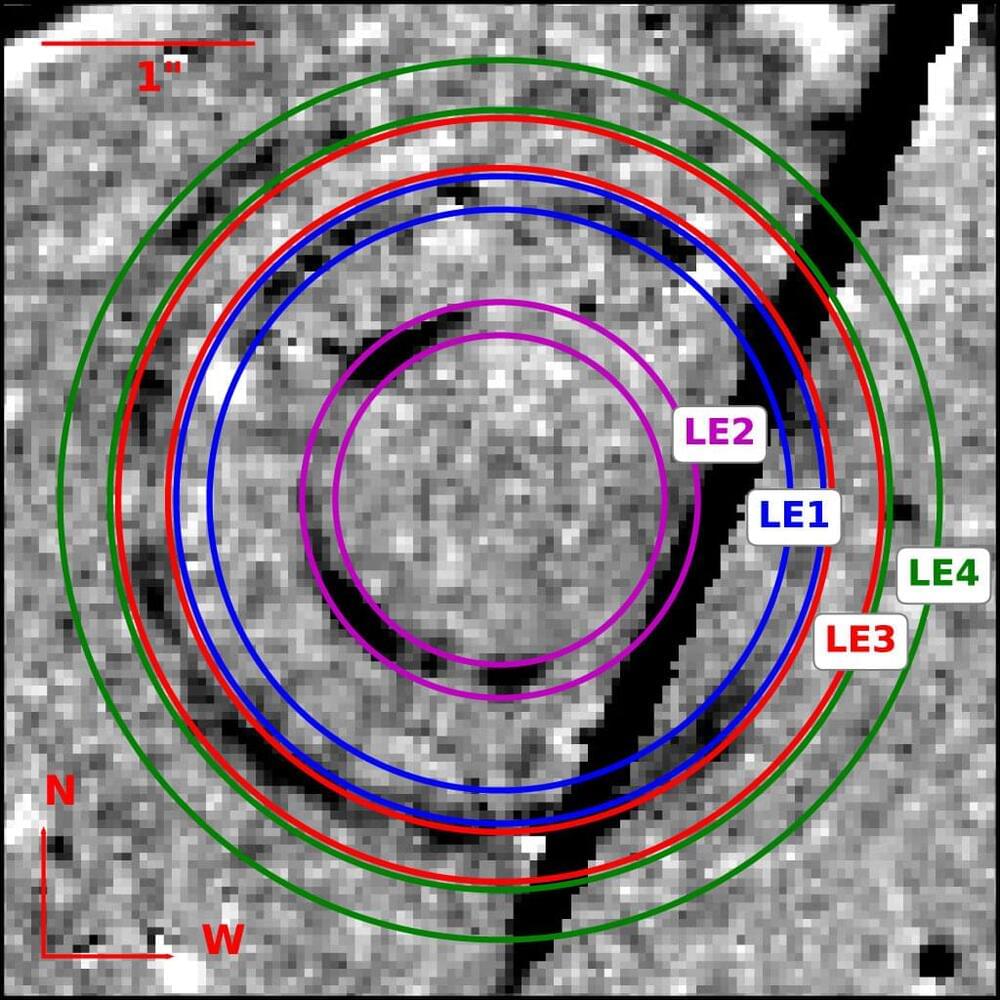Please enable JavaScript or switch to a supported browser to continue using You can see a list of supported browsers in our Help Center.
Terms of Service Privacy Policy Cookie Policy Imprint Ads info © 2022 Twitter, Inc.

Please enable JavaScript or switch to a supported browser to continue using You can see a list of supported browsers in our Help Center.
Terms of Service Privacy Policy Cookie Policy Imprint Ads info © 2022 Twitter, Inc.

An international team of astrophysicists has made a puzzling discovery while analyzing certain star clusters. The finding challenges Newton’s laws of gravity, the researchers write in their publication. Instead, the observations are consistent with the predictions of an alternative theory of gravity. However, this is controversial among experts. The results have now been published in the Monthly Notices of the Royal Astronomical Society.
In their work, the researchers investigated open star clusters. These are formed when thousands of stars are born within a short time in a huge gas cloud. As they “ignite,” the galactic newcomers blow away the remnants of the gas cloud. In the process, the cluster expands considerably. This creates a loose formation of several dozen to several thousand stars. The weak gravitational forces acting between them hold the cluster together.
“In most cases, open star clusters survive only a few hundred million years before they dissolve,” explains Prof. Dr. Pavel Kroupa of the Helmholtz Institute of Radiation and Nuclear Physics at the University of Bonn. In the process, they regularly lose stars, which accumulate in two so-called “tidal tails.” One of these tails is pulled behind the cluster as it travels through space. The other, in contrast, takes the lead like a spearhead.
Researchers from the Chinese Academy of Sciences‘Institute of Vertebrate Paleontology and Paleoanthropology (IVPP) have recently found two fossil repositories in the early Silurian strata of southwest Guizhou and Chongqing that are rewriting the “from fish to human” evolutionary story.
Four different papers describing their findings were recently published in the journal Nature.
Humans are one of the 99.8% of species of extant vertebrates that are gnathostomes, or jawed vertebrates. The basic body plan and several key organs of humans can be traced back to the origin of gnathostomes. One of the most significant developments in the evolution of vertebrates is the emergence of jaws.

The hunt for planets that could harbor life may have just narrowed dramatically.
Scientists had long hoped and theorized that the most common type of star in our universe — called an M dwarf — could host nearby planets with atmospheres, potentially rich with carbon and perfect for the creation of life. But in a new study of a world orbiting an M dwarf 66 light-years from Earth, researchers found no indication such a planet could hold onto an atmosphere at all.
Without a carbon-rich atmosphere, it’s unlikely a planet would be hospitable to living things. Carbon molecules are, after all, considered the building blocks of life. And the findings don’t bode well for other types of planets orbiting M dwarfs, said study coauthor Michelle Hill, a planetary scientist and a doctoral candidate at the University of California, Riverside.

Understanding how brain circuits have been altered by evolution can provide insight into their development and function. Prieto-Godino and colleagues provide an overview of our current understanding of the principles of central circuit evolution, drawing on numerous examples from across the animal kingdom.


Rheumatoid arthritis affects 1 in 100 people worldwide. It causes inflamed, painful and swollen joints, often in the hands and wrists, and can lead to loss of joint function as well as chronic pain and joint deformities and damage. What causes this condition has been unknown.
In our recently published study, my colleagues and I found an important clue to a potential culprit behind this disease: the bacteria in your gut.
A groundbreaking interdisciplinary study by Tel Aviv University (TAU) and the Hebrew University of Jerusalem (HU) involving 20 international scientists and researchers has verified biblical accounts of the Egyptian, Aramean, Assyrian and Babylonian military campaigns against the kingdoms of Israel and Judah.
The study reconstructed changes in the magnetic field of the earth as recorded in 21 destruction layers in 17 archeological sites throughout Israel, constructing a variation curve of field intensity over time that can be used as a scientific dating tool.
Published in the Proceedings of the National Academy of Sciences (PNAS), the study is based on the doctoral thesis of Yoav Vaknin, and supervised by Prof. Erez Ben-Yosef and Prof. Oded Lipschits of TAU’s Institute of Archaeology, and Prof. Ron Shaar of HU’s Institute of Earth Sciences.

When a star explodes (a supernova), it sends its intense burst of light out in all directions. On rare occasions, in the months and years that follow, rings of light or “light echoes” spread out from the original supernova position.
This is what is described in a recent paper in The Astrophysical Journal Letters based on observations with the Hubble Space Telescope (HST) by a collaboration of astronomers from Dublin, Barcelona, Aarhus, New York and Garching. The paper, “Hubble Space Telescope Reveals Spectacular Light Echoes Associated with the Stripped-envelope Supernova 2016adj in the Iconic Dust Lane of Centaurus A,” was published this week.
The scientists merged the HST images in a short gif-video, showing first the supernova explosion at the very center, followed by light rings which appeared when light from the explosion hit various layers of dust in the vicinity.